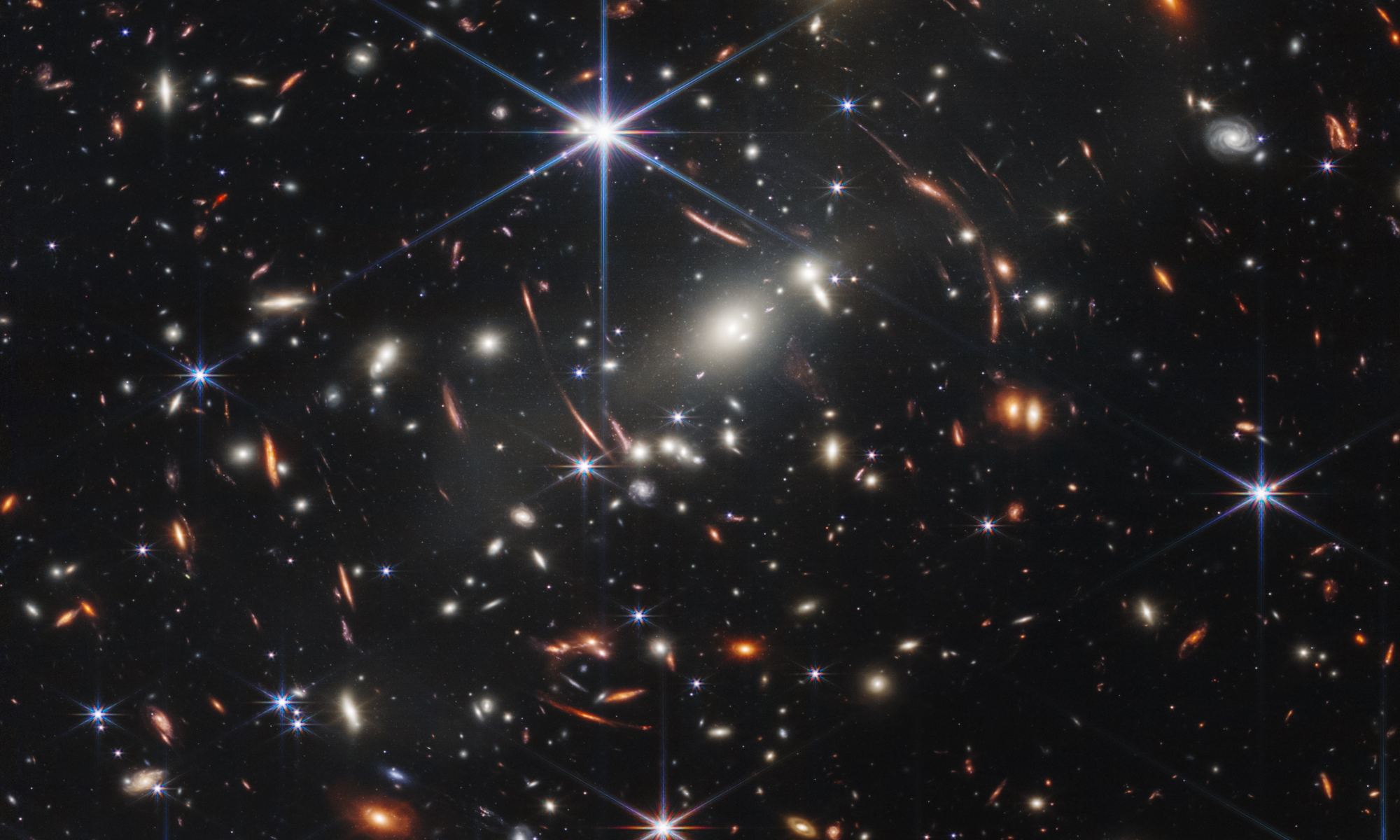Dark Matter is Nature’s poltergeist. We can see its effects, but we can’t see it, and we don’t know what it is. It’s as if Nature is playing tricks on us, hiding most of its mass and confounding our efforts to determine what it is.
Continue reading “If Gravity Can Exist Without Mass, That Could Explain Dark Matter”If Gravity Can Exist Without Mass, That Could Explain Dark Matter










